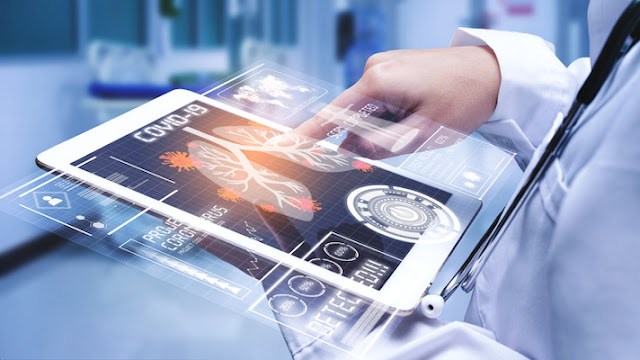The Benefits of Remote Patient Monitoring for Chronic Disease Management: Empowering Patients for Healthier Lives
Welcome to 2chealth.com, your trusted source for healthcare
insights. In this blog post, we explore the remarkable benefits of remote
patient monitoring (RPM) for chronic disease management. Chronic conditions
affect millions of individuals worldwide, and RPM offers a transformative
approach to monitoring and supporting patients remotely. By leveraging
technology and continuous monitoring, RPM empowers patients to actively manage
their chronic diseases while improving their overall health outcomes. Join us
as we uncover the many advantages of RPM in enhancing chronic disease
management and fostering patient well-being.
Enhanced Disease Management
Remote patient monitoring revolutionizes chronic disease management by providing continuous insights into patients' health status. Through the use of wearable devices and mobile apps, patients can transmit vital signs, symptoms, and other health data to healthcare providers in real-time. This enables healthcare professionals to closely monitor patients' conditions and intervene promptly when necessary. By having access to up-to-date information, healthcare providers can make more informed decisions regarding treatment plans, medication adjustments, and lifestyle modifications, resulting in improved disease management and reduced risk of complications.
Proactive Care and Early Intervention
One of the key benefits of RPM is its ability to facilitate proactive care and early intervention. By continuously monitoring patients' health data, healthcare providers can identify subtle changes or trends that may indicate worsening symptoms or potential complications. This allows for timely interventions and adjustments to treatment plans before the condition worsens, reducing the need for emergency room visits or hospitalizations. Through RPM, healthcare providers can also provide patients with personalized recommendations, self-management strategies, and educational resources to empower them to take proactive steps in managing their chronic diseases.
Improved Patient Engagement and Empowerment
Remote patient monitoring empowers patients by actively involving them in their own care. With RPM, patients have direct access to their health data, allowing them to monitor their progress and make informed decisions about their lifestyle choices. This increased engagement fosters a sense of ownership and empowerment, enabling patients to take a proactive role in managing their chronic diseases. RPM also facilitates regular communication between patients and healthcare providers, ensuring ongoing support, education, and shared decision-making. By empowering patients to actively participate in their care, RPM cultivates a sense of responsibility and accountability, leading to improved treatment adherence and better overall health outcomes.
Enhanced Convenience and Accessibility
RPM offers patients greater convenience and accessibility to healthcare services. With the use of remote monitoring devices and telehealth platforms, patients can receive care from the comfort of their homes, eliminating the need for frequent in-person visits. This is particularly beneficial for individuals with mobility limitations, those residing in remote areas, or patients with transportation challenges. RPM reduces the burden of travel, provides flexibility in scheduling appointments, and promotes regular communication between patients and healthcare providers. The convenience and accessibility offered by RPM enable patients to receive continuous care, leading to better disease management, reduced healthcare costs, and improved quality of life.
Optimized Resource Utilization and Cost Savings
Remote patient monitoring optimizes resource utilization and reduces healthcare costs. By continuously monitoring patients remotely, healthcare providers can intervene proactively and address potential issues before they escalate, reducing the need for emergency department visits or hospitalizations. RPM enables early detection of complications, enabling prompt interventions that can prevent costly medical procedures or surgeries. Furthermore, by reducing the number of in-person visits and utilizing telehealth platforms, RPM helps healthcare providers allocate their time and resources more efficiently. This streamlined approach translates into cost savings for both healthcare systems and patients, while still ensuring high-quality care and improved health outcomes.
Conclusion
The benefits of remote patient monitoring for chronic
disease management are transformative. Through continuous monitoring, proactive
care, improved patient engagement, and enhanced accessibility, RPM empowers
patients to actively manage their chronic diseases, leading to improved health
outcomes and a higher quality of life. With RPM, healthcare providers can
provide personalized and timely interventions, optimize resource utilization,
and reduce healthcare costs. As we embrace the possibilities of RPM, we move
towards a future where patients have greater control over their health and
chronic diseases are managed with greater precision and effectiveness.
.jpeg)
.jpeg)

Comments
Post a Comment